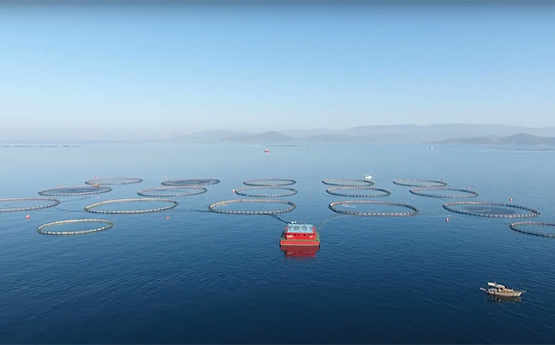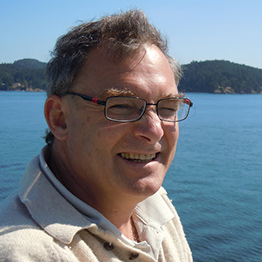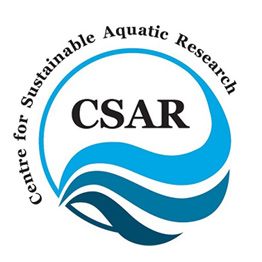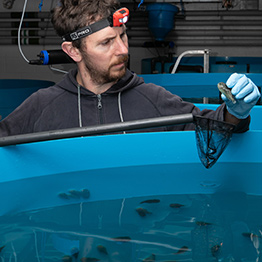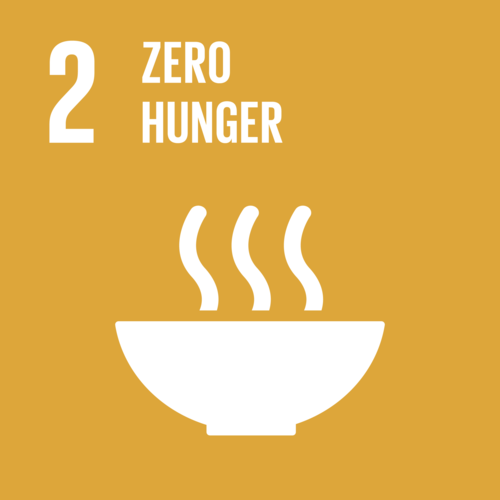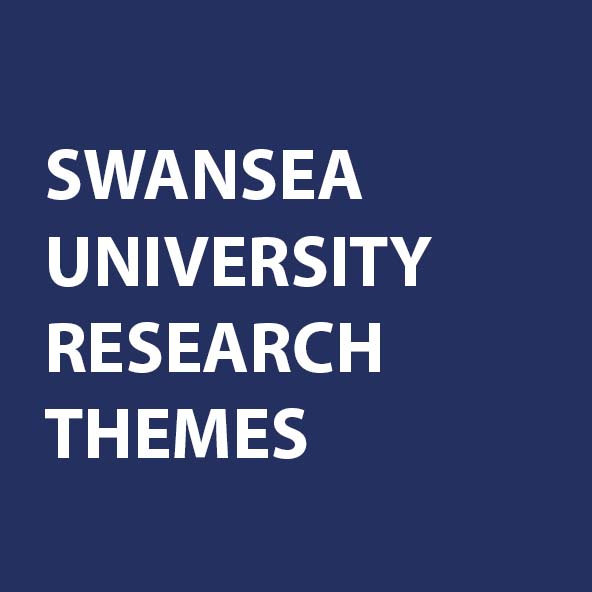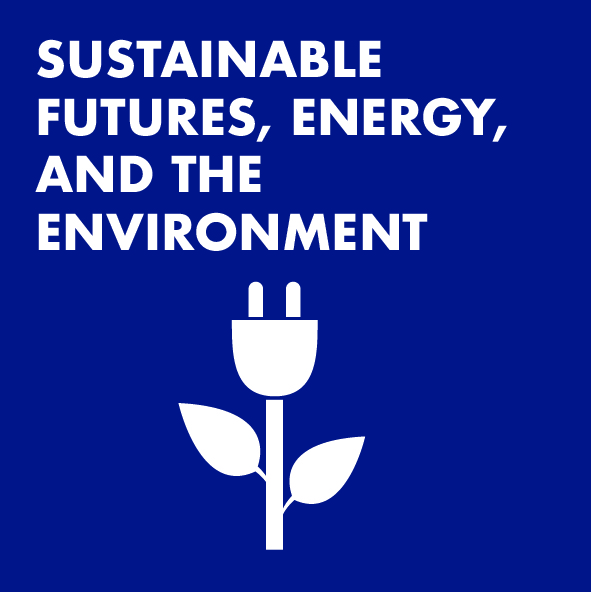The FishSite (The Fish Site is a knowledge-sharing platform with premium news, analysis and resources for the aquaculture industries):
Fish Farmer Magazine
SCIENTIFIC PAPERS PUBLISHED IN PEER REVIEW JOURNALS
- Naung M, Uren Webster TM, LloyMyo Naung, Tamsyn M. Uren Webster, Richard Lloyd, Carlos Garcia de Leaniz, Sofia Consuegra. 2021. A novel qPCR assay for the rapid detection and quantification of the lumpfish (Cyclopterus lumpus) microsporidian parasite Nucleospora cyclopteri, Aquaculture, Volume 531,2021, 735779, ISSN 0044-8486, https://doi.org/10.1016/j.aquaculture.2020.735779
- Gutierrez-Rabadan, C., Spreadbury C., Consuegra, S. & Garcia de Leaniz, C. 2021. Development and validation of an Operational Welfare Score Index for farmed lumpfish Cyclopterus lumpus L. Aquaculture 531, 2021, 735777, ISSN 0044-8486, https://doi.org/10.1016/j.aquaculture.2020.735777.
- Lloyd, R. & Garcia de Leaniz, C. (2020) The use of laparoscopy for coelomic organ evaluation, biopsy and disease screening in broodstock Atlantic lumpfish, Cyclopterus lumpus Linnaeus. Journal of Fish Diseases 43, 9, 1107-1110 https://doi.org/10.1111/jfd.13218
- Powell A, Treasurer JW, Pooley CL, Keay AJ, Lloyd R, Imsland AK and Garcia de Leaniz C. 2018. Use of lumpfish for sea-lice control in salmon farming: challenges and opportunities. Reviews in Aquaculture 10, 683–702 https://onlinelibrary.wiley.com/doi/pdf/10.1111/raq.12194
- Whittaker BA, Consuegra S, Garcia de Leaniz C. 2018. Genetic and phenotypic differentiation of lumpfish (Cyclopterus lumpus) across the North Atlantic: implications for conservation and aquaculture. PeerJ 6:e5974 http://doi.org/10.7717/peerj.5974
- Pooley, C.L., Berwick, M.G., Garcia de Leaniz, C., (2019). Chemical degumming increases larvae size and facilitates the commercial production of Lumpfish (Cyclopterus lumpus) eggs. bioRxiv; https://doi.org/10.1101/583641
- Brooker, A.J., Papadopoulou, A., Gutierrez, C., Rey, S., Davie, A., Migaud, H., (2018). Sustainable production and use of cleaner fish for the biological control of sea lice: recent advances and current challenges. Veterinary Record 183, 383. doi: 10.1136/vr.104966
BOOK CHAPTERS
- Powell A, Pooley C, Scolamacchia M, Garcia de Leaniz C. (2018b). Review of lumpfish biology In: Treasurer JW, editor. Cleaner Fish Biology and Aquaculture Applications. Sheffield: 5M Publishing Ltd.; pp. 98-121.
- Treasurer J, Prickett R, Zietz M, Hempleman C, Garcia de Leaniz C. (2018). Cleaner fish rearing and deployment in the UK. In: Treasurer JW, editor. Cleaner Fish Biology and Aquaculture Applications. Sheffield: 5M Publishing Ltd.; pp. 376-91.
Related Websites:
SMARTAQUA: Aquaculture beyond food
Tools for improving the welfare of lumpfish
Lumpfish project
Symposium on Welfare in Aquaculture
Videos:
Welcome to CSAR
SMARTAQUA presents lumpfish
Welcome to the First Symposium on Welfare in Aquaculture



